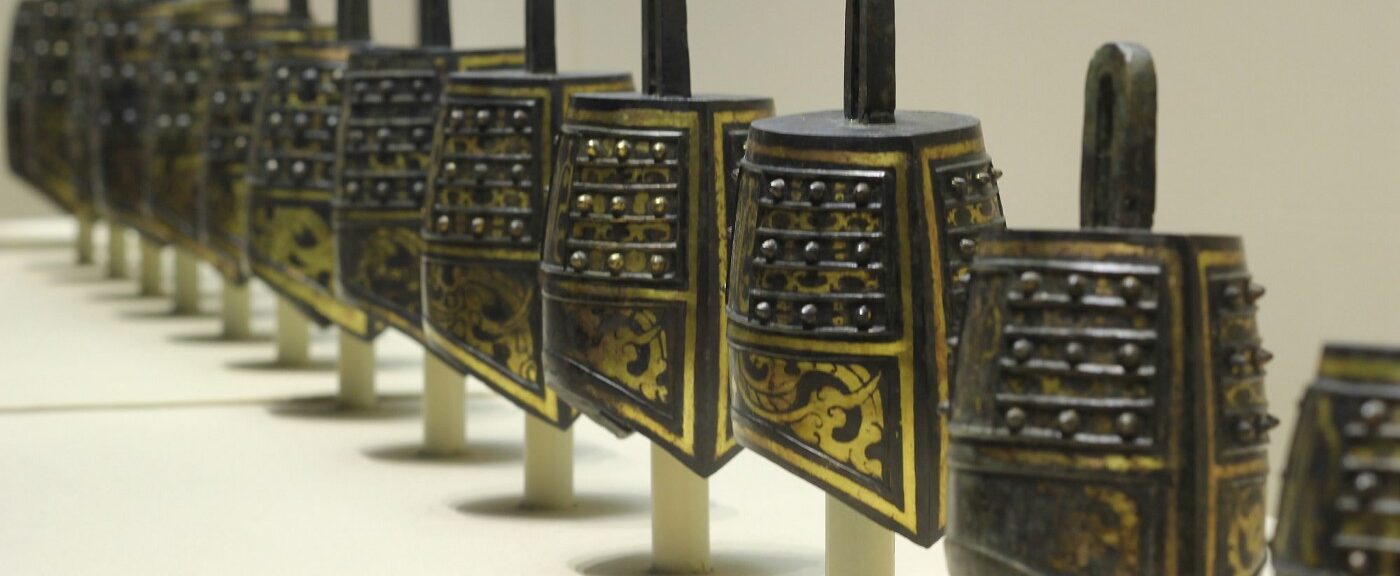Ziliang Liu, a Ph.D. Candidate in the History of Art and Architecture at Harvard University, describes his close encounter with a unique Confucius Dressing Mirror once owned by the Marquis of Haihun during his summer research at a Jiangxi archaeological base.
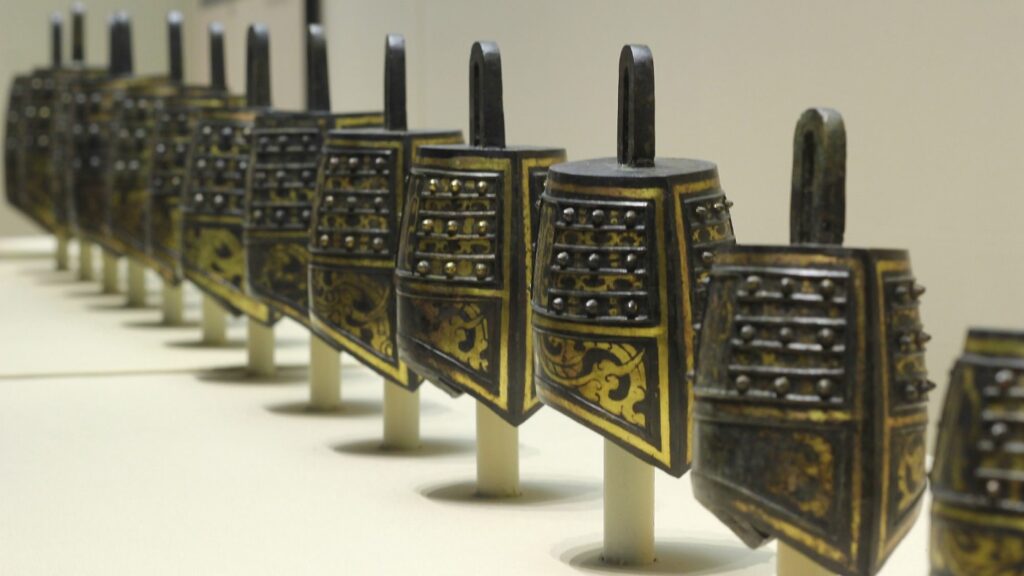
“Hot and humid” does not begin to describe the July days in Jiangxi Province. Walking alone on the carless concrete road in the remote Guanxi Village, helplessly soaked in sweat, I thought about how this used to be one of the favorite places for the ancient emperors to exile people, and how I was here precisely because of one of them.
Passing through a lush bamboo grove, I saw, beyond an expanse of green rice fields, a large rectangular white concrete building that to me looked like a well-cut ice-cube floating on a cold glass of Mountain Dew. That building was my destination, the Excavation Research Base of the recently excavated Western Han Tomb of the Marquis of Haihun.
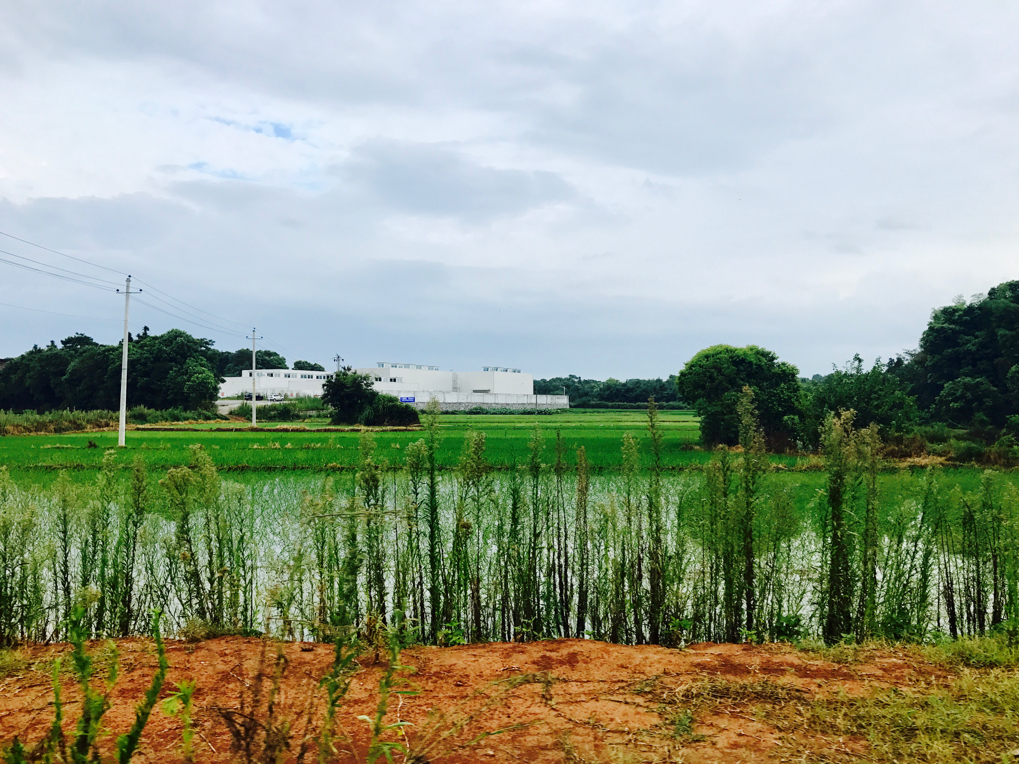
The marquis was Liu He (92–59 B.C.) and he was the exile that I was here for. Like most of the exiles during his time, he was exiled from the Western Han court in the capital city of Chang’an, but unlike other exiles, he was once the emperor of that court, albeit only for 27 days before being dragged down from the throne.
Despite his misfortune, Liu He evidently succeeded in bringing with him a piece of Han imperial wealth from the capital and took it to the grave, as his tomb yielded tens of thousands of burial goods, many of which represented the highest grade of craftsmanship and visual sophistication in Western Han art. Liu He’s treasures were kept at the Excavation Research Base, and I was here to study them.
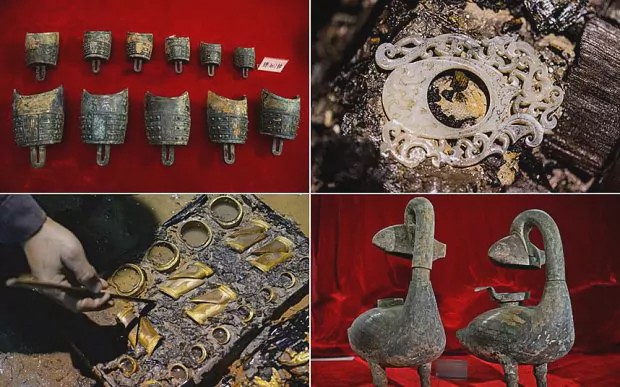
This was the fourth day of my work as a research associate at the Jiangxi Provincial Institute of Cultural Relics and Archaeology, and I was expecting another day of looking at lacquer drinking cups. But things were different this day. Passing through the security station to the entrance of the storage, the temperature suddenly dropped, worryingly cold in fact, thanks to the industrial air conditioner designed to protect the excavated objects. I noticed that the front room of the storage had been rearranged to fit an unfamiliar blue container in the center.
I peeked into the container out of sheer curiosity, but the content made me instantly oblivious of the cold inside or the heat outside. There, submerged in chemically treated water, was Liu He’s “Confucius Dressing Mirror” (Fig.2). This was the only object among the findings from the tomb that was completely off-limit to the outside world, simply because there had never been anything like this found before, and archaeologists did not even know what to call it when it was first unearthed. It wasn’t until the discovery of the portraits of Confucius (the earliest surviving example) on the back and a large bronze mirror attached to the front that it acquired the title “Confucius Dressing Mirror”. For art historians, this was the Crown Jewel of the Tomb of the Marquis of Haihun.
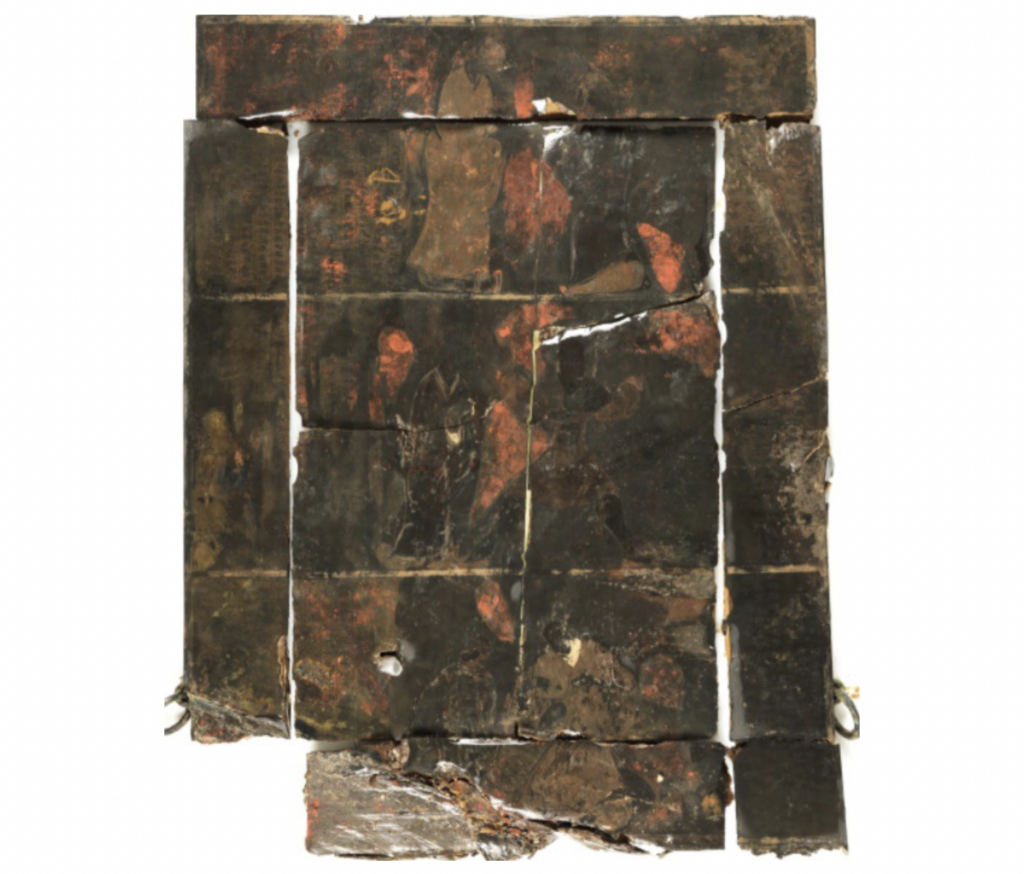
I was soon awakened from my trance by a flock of white-cloaked conservationists and staffs carrying cameras and flashlights bursting into the room. One of the younger staff members, with whom I occasionally played computer games after dinner, told me that they were going to make a photo documentation of the dressing mirror and that Mr. Shunqing Wu, a leading (legendary) expert of lacquer wood conservation from Jingzhou, Hubei Province — — to whom all lacquer wares excavated south of the Yangtze River are drawn like iron to magnet — — had come to the base to supervise the operation.
I soon learned why his presence was a necessity: under his direction, each fragment of the dressing mirror had to be carefully taken out from the protective liquid, cleansed, methodologically dehumidified, and installed in a booth to be photographed. During this process, I was able to examine the details on each fragment closely and discuss them with Mr. Wu and Prof. Jiabi Wu, an expert of ancient Chinese astronomy, and we made many surprising new discoveries: we located and identified a previously unknown image of Xuanwu, the God of North, on the bottom part of the dressing mirror, which has deep implications for the interpretation of the mirror’s pictorial program. We also found many images of mythical creatures on the top and the sides of the mirror not reported in the original excavation record, which were highly relevant to my research of Han Dynasty images of immortals. Looking back, it was truly a day filled with pleasure of discovery.
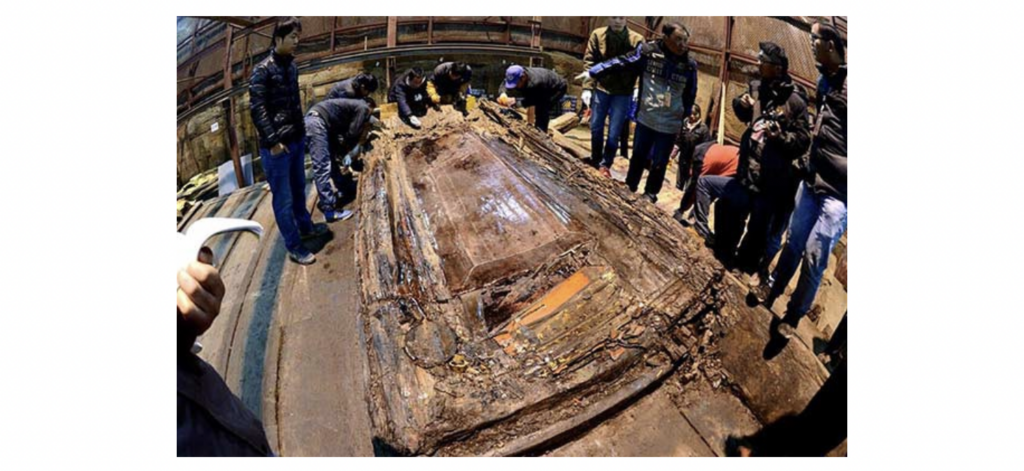
During the summer internship at the Excavation Research Base, I was able to gain access and study many unpublished materials and discuss them with experts stationed on-site, which expanded the breadth and depth of my understanding of Western Han art. The rare opportunity to closely examine the Confucius Mirror in detail in particular helped me develop new research projects. For example, based on the discovery of the image of the King Father of the East on the upper section of the dressing mirror, I co-authored an article with Yang Jun, the lead archaeologist of the tomb, on the early development of the deity’s image in Chinese art (forthcoming in Jianghan Archaeology).
A comprehensive examination of the mirror also inspired me to reconsider the mirror’s overall visual program and investigate the conceptual and cosmological significance of the mirror as a whole, which I plan to turn into a chapter of my dissertation. In the end, I would like to express my deepest gratitude to the Fairbank Center Summer Research Grants for Graduate Students for its generous support of my summer internship. The experience has truly made a difference to my research of Western Han art.
Ziliang Liu is a Ph.D. Candidate in the History of Art and Architecture at Harvard University. He is a founder of the Harvard Visual China student group.

